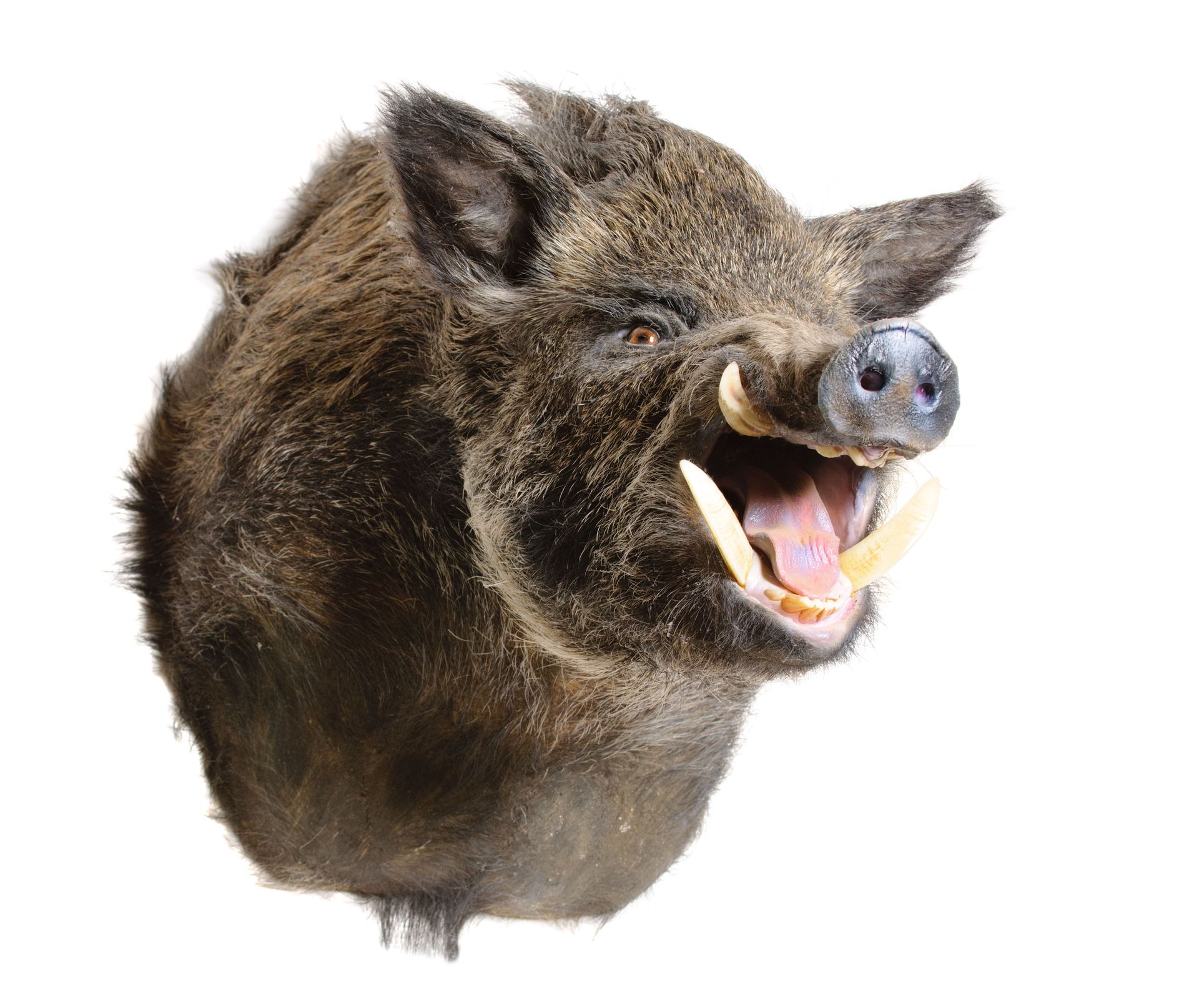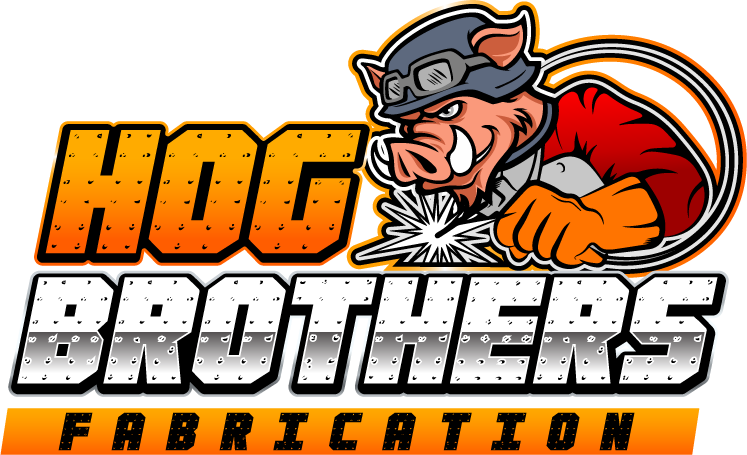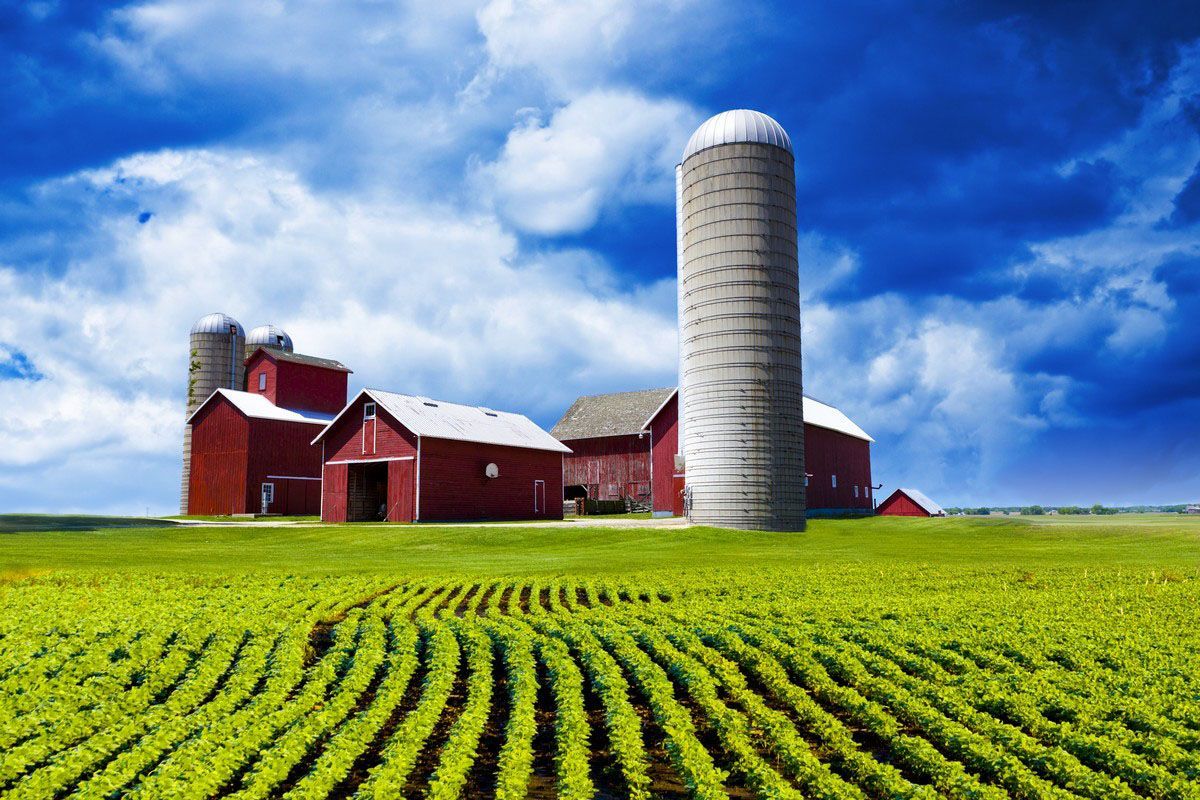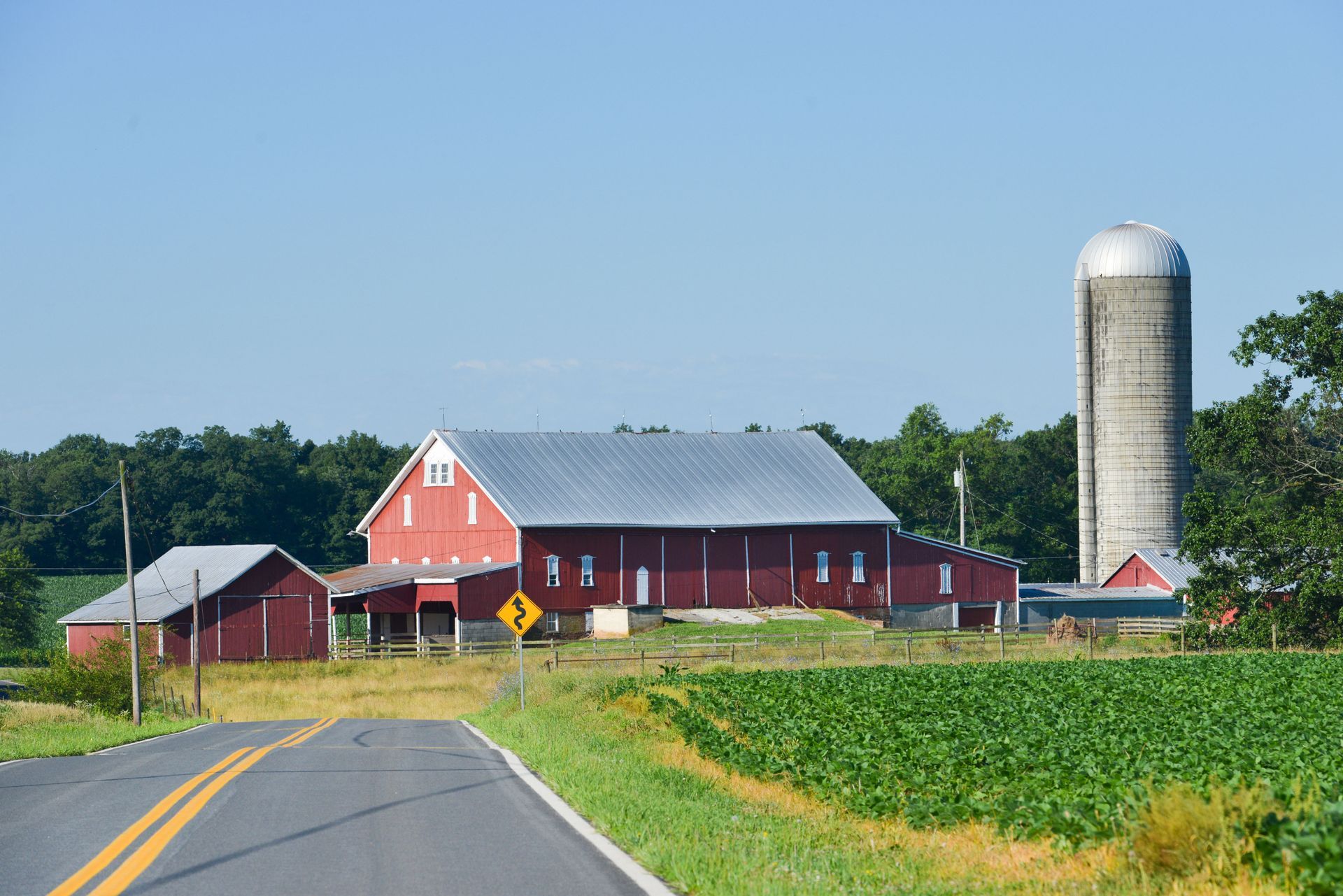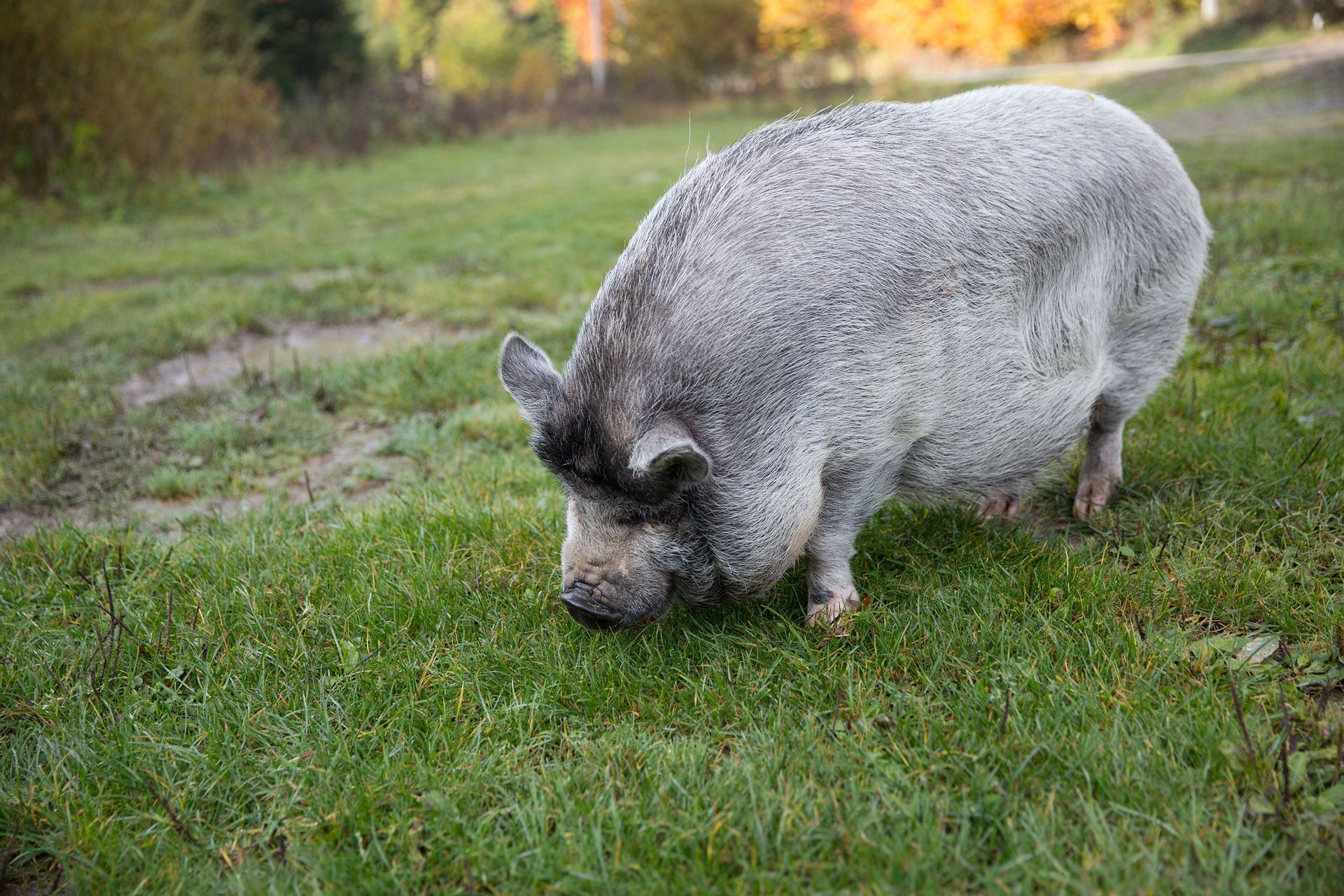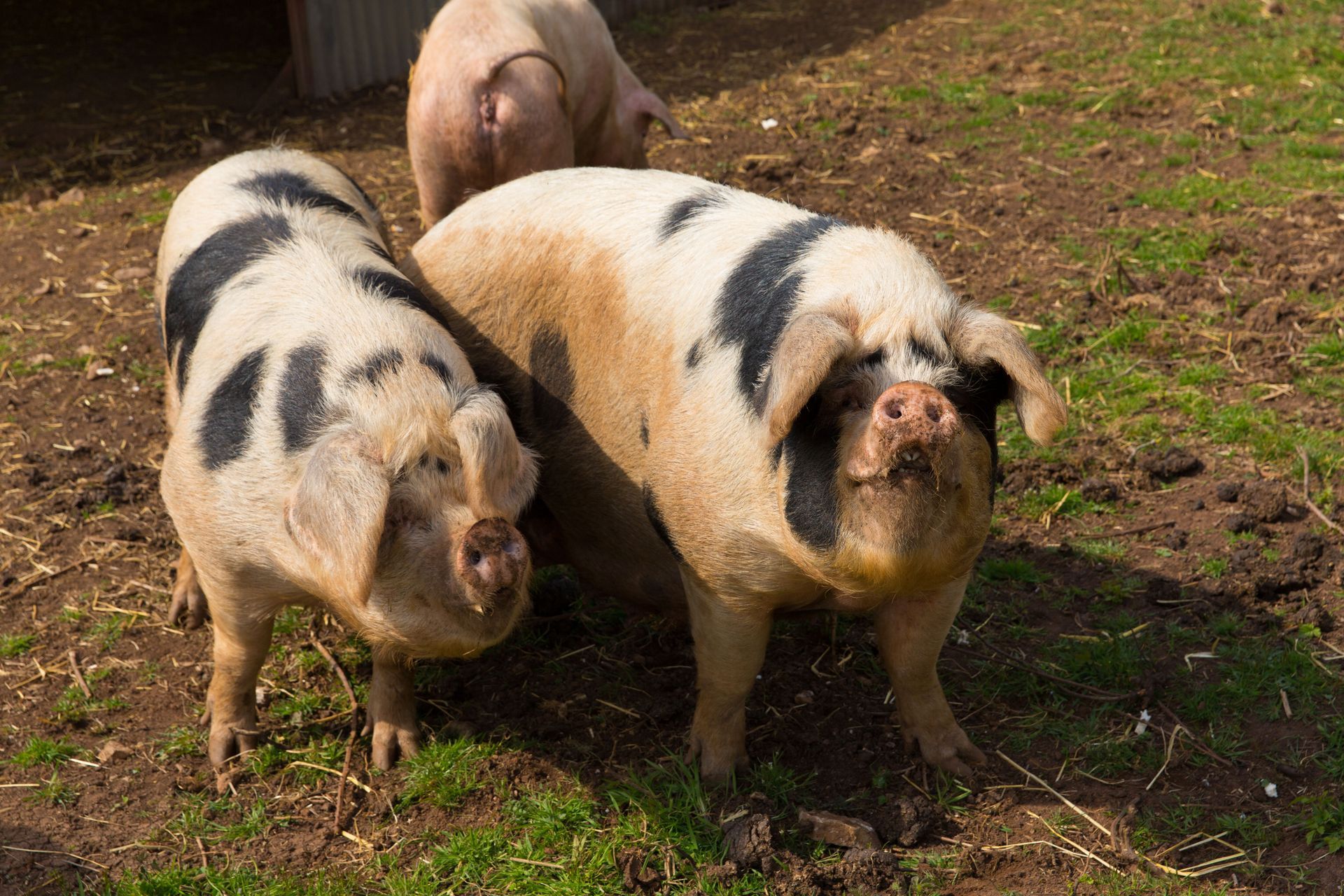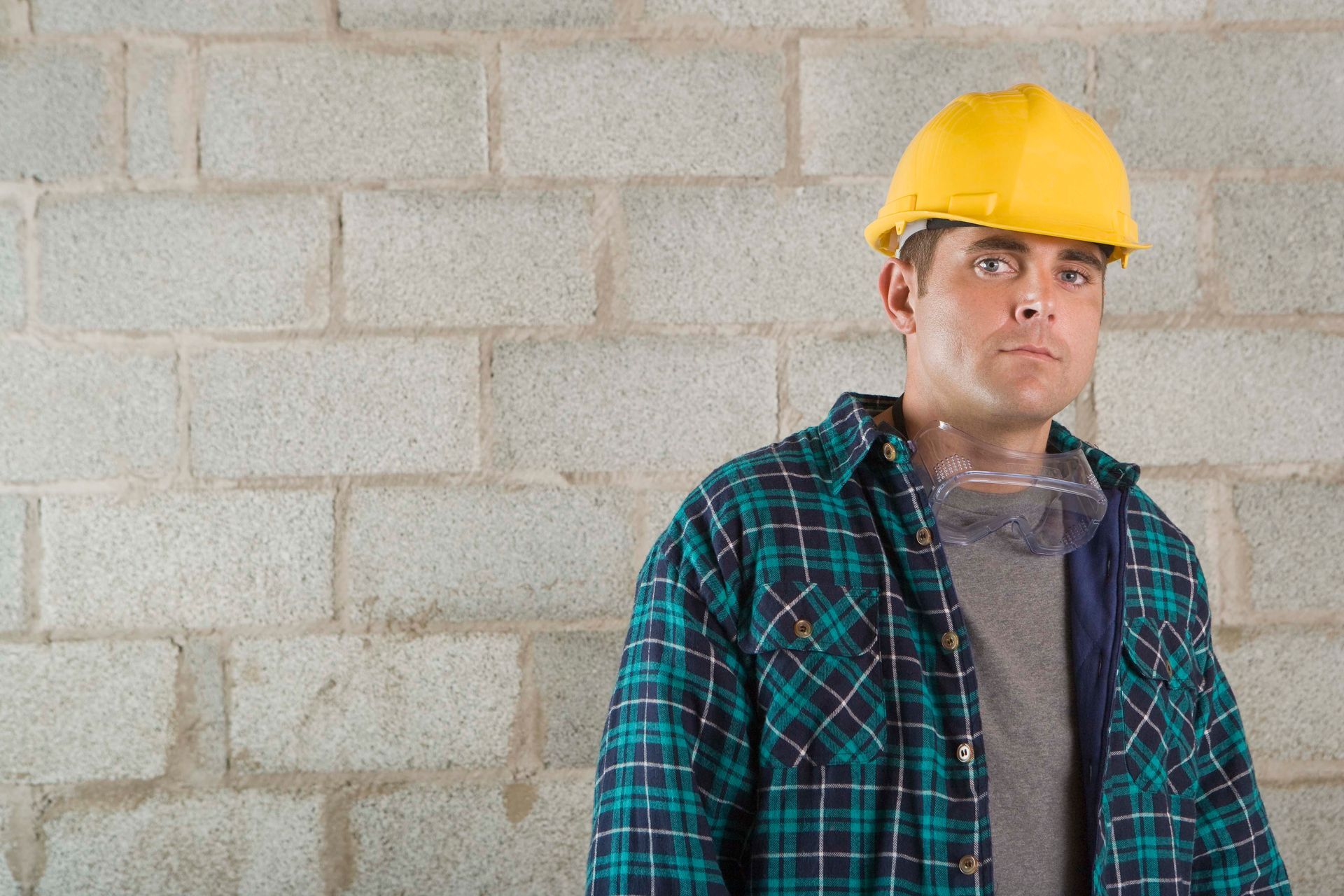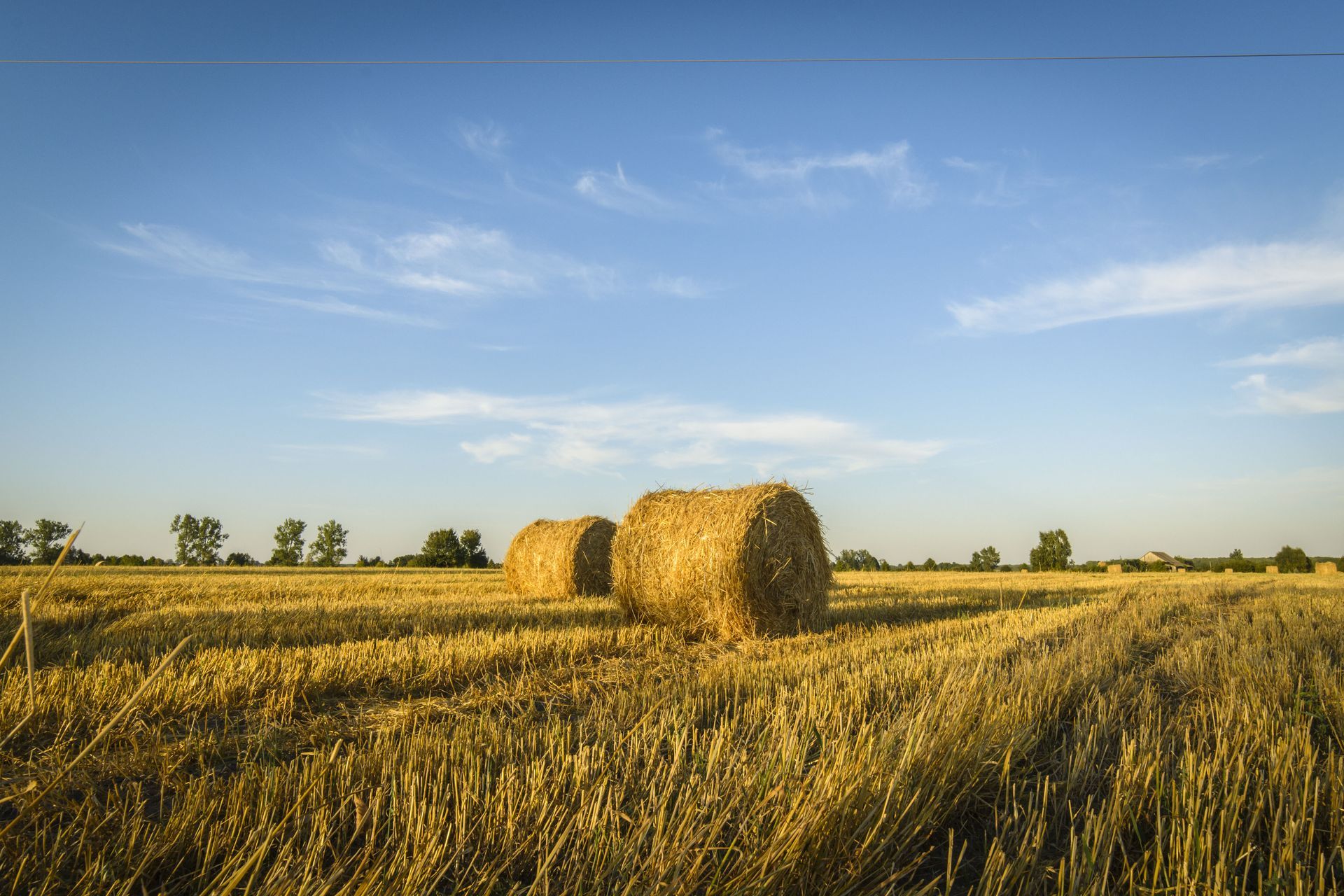September 30, 2025
Understanding the complex world of hog trapping can be challenging. Hog trap companies possess vital information that can empower landowners and wildlife managers to make informed decisions. In this article, we will delve into the crucial aspects that these companies believe every potential client should understand. From technological innovations to safety precautions, this guide will cover all essential elements. Feral hogs, a dominating presence in various landscapes, create a spectrum of challenges and opportunities that necessitate a strategic approach to their management.
The Importance of Hog Control
The Economic Impact
Feral hogs in the United States, estimated at around six million by the U.S. Department of Agriculture, cause significant economic damage each year. This invasive species is notorious for its ability to disrupt agricultural operations through crop destruction and livestock harm. The estimated annual damage and control costs are approximately $1.5 billion, a figure that underscores the urgency for effective management strategies. Landowners find themselves facing unexpected financial losses as hogs compromise their land resources. Consequently, hog trap companies offer not just trapping devices, but crucial knowledge in minimizing this economic burden.
Their rooting and wallowing behaviors cause soil erosion and degrade water quality, impacting both agriculture and natural ecosystems. Industries such as farming, tourism, and even real estate suffer when hog populations are left unchecked. Land value can depreciate significantly with widespread hog damage, complicating transactions and development plans. Engaging with hog trap companies provides stakeholders with an advantage in mitigating these financial setbacks. Effective hog management, therefore, directly translates to economic protection and sustainability.
States across the country are funding initiatives that encourage innovative solutions to combat these economic threats. Hog trap companies often work alongside state agencies to optimize the implementation of control methods. By investing in the latest trapping technologies and strategies, these companies reduce the long-term economic impacts on communities. As a result, their contribution extends beyond sales into facilitating comprehensive economic resilience. The synergy between technology and economic strategy becomes essential for areas suffering from hog-induced economic challenges.
Environmental Conservation
Feral hogs are notorious for their destructive impact on the environment, primarily through habitat destruction and competition with native species. Their voracious feeding habits can decimate vegetation, leading to loss of plant biodiversity and habitat for other wildlife. When hog populations grow unchecked, they can transform ecosystems, disrupting the natural balance and posing a threat to conservation efforts. Hog trap companies focus on preserving these delicate ecosystems by offering tools and strategies tailored to control and reduce hog populations effectively. By doing so, they help landowners protect and restore native habitats.
Moreover, feral hogs contribute to water contamination through their wallowing and rooting behaviors, which increase sedimentation in water bodies. They can spread diseases that affect both humans and wildlife, further impacting conservation initiatives. Controlling their population is crucial for ensuring the health of ecosystems and restoring natural habitats. In partnering with hog trap companies, stakeholders can employ environmentally conscious techniques that align with broader conservation goals. These partnerships not only enhance the biodiversity of affected areas but also support sustainable ecosystem management.
As stewards of the land, those responsible for wildlife management must consider the broader ecological implications of invasive species like feral hogs. Hog trap companies play a pivotal role by providing insights and tools that prioritize environmental conservation. Their expertise enables the implementation of practices that balance hog control with ecological sustainability. By managing hog populations effectively, these companies contribute significantly to the preservation of natural habitats for future generations. The critical role of hog trap companies in conservation efforts ensures the continued resilience and health of diverse ecosystems.
Agricultural Protection
Agriculture, often the first line of contact with feral hogs, bears the brunt of their destructive behaviors. Feral hogs have a penchant for rooting through fields, leading to substantial crop losses and soil degradation. Farmers incur significant expenses each year in efforts to repair damaged lands and protect their livelihoods. The expertise of hog trap companies becomes vital in providing tailored solutions that address and mitigate these agricultural disruptions. Working collaboratively with farmers, hog trap companies offer systems that integrate into existing agricultural practices, enhancing protection efforts.
Not only do hogs consume valuable crops, but they also contaminate fields with diseases that can affect both plant and animal health. Their presence in farming areas requires constant vigilance and adaptability in management strategies. With sophisticated trapping technologies and strategies, hog trap companies deliver solutions designed to minimize agricultural losses. These companies guide farmers in establishing sustainable practices that ensure the long-term productivity of their lands. This approach offers farmers a defensive strategy against hog-related agricultural threats while maintaining the integrity of their crops and livestock.
In many instances, the damage caused by hogs extends to infrastructure, such as fences and irrigation systems, adding to the financial strain on agriculturalists. Hog trap companies not only provide solutions to current issues but also anticipate future challenges within the sector. By leveraging innovative technologies, they inform strategies that safeguard agricultural investments. The collaboration between agriculturalists and hog trap companies proves essential in fortifying the industry's resilience against invasive species. This partnership represents a proactive stance toward safeguarding food security and agricultural viability.
The Threat to Animal Populations
Beyond their impact on agriculture and the environment, feral hogs pose a significant threat to native animal populations. As opportunistic omnivores, they compete with native wildlife for resources, severely disrupting ecosystems. Their diet often includes the eggs and young of ground-nesting birds and reptiles, contributing to declines in certain species. Hog trap companies understand the ecological implications of unmanaged hog populations on biodiversity. By providing effective control methods, these companies support conservation efforts aimed at protecting threatened and endangered species.
Hogs are also vectors for diseases that can be transmitted to wildlife, domestic animals, and humans, further complicating wildlife management. According to the U.S. Department of Agriculture, there is an estimated six million feral hogs in the United States. The threat of disease spread necessitates stringent control measures that minimize interaction between feral hogs and other animal populations. Hog trap companies leverage innovative technology to not only capture hogs but also monitor health indicators that inform disease management strategies. This proactive monitoring helps to contain potential outbreaks and protect native fauna. Their expertise in understanding hog behavior and habitat preferences aids in crafting location-specific management plans that prioritize animal welfare.
Protecting native animal populations requires a comprehensive understanding of both the direct and indirect impacts of feral hog presence. Collaborating with hog trap companies ensures access to cutting-edge solutions that align with wildlife management goals. These partnerships facilitate informed decision-making, enabling conservationists to implement strategies that preserve animal diversity and ecological balance. Effective hog control translates into healthier ecosystems where native species can thrive. The role of hog trap companies in wildlife conservation underscores their importance in sustaining ecological health and maintaining biodiversity.
Community Safety Concerns
Community safety is a significant concern when dealing with feral hog populations, as these animals can pose threats to human health and safety. Hog encounters near residential areas or public spaces can lead to property damage, physical harm, and increased stress among residents. With populations estimated to be around six million, the presence of feral hogs is a growing issue in many communities. Hog trap companies play a crucial role in developing safety protocols and solutions to mitigate these risks effectively. They provide tools and insights necessary for residents to understand and proactively manage potential threats.
Hogs are known to be aggressive when cornered, raising the stakes for human safety in areas of high hog activity. Additionally, their movements into populated zones elevate the chances of vehicle collisions and agricultural disturbances. Hog trap companies address these safety concerns by advising on effective trapping methods tailored to minimize human-wildlife conflicts. Through strategic removal and monitoring, they help communities drastically reduce the potential for dangerous interactions. This proactive approach enhances community welfare by fostering a safer environment for both people and their property. Be sure to reach out to Hog Brothers today for more information on local hog trap companies!
